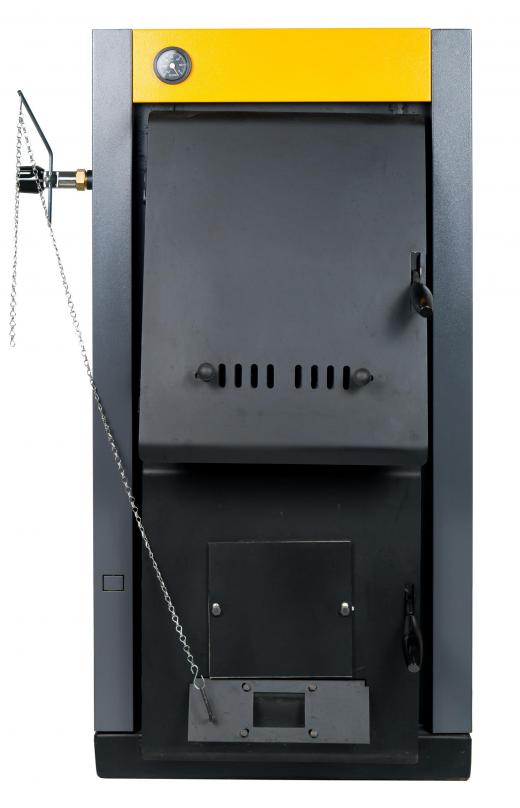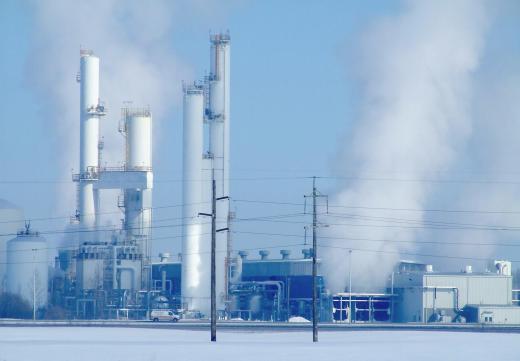A flue gas analyzer is an instrument that monitors flue gases for emissions and efficiency purposes. A flue gas analyzer may be an inexpensive hand-held instrument or a large unit that is permanently installed with a flue. Typically, an analyzer has an internal memory system that stores gas readings until the values are loaded into a computer for further analysis. Some large models are attached directly to printers, so companies can have hard copies of their data as well.
Generally, a flue gas analyzer is used when a probe is inserted into the flue of a boiler, furnace, or other sources of combustion. There are several different analyzers that may be used, depending on the kind of gas being monitored or measured. For example, some analyzers use infrared meters, while others measure the electrochemical data of a gas.

Although the probe model is most common, a flue gas analyzer does not necessarily need to use a probe to monitor the gas in the flue. For example, an analyzer may pump the gas from the flue through a tube that is connected to the instrument. This is most common when a company wants to continuously monitor a large flue or if a probe cannot be inserted.

Sometimes, it takes a bit more effort to measure a gas accurately using a flue gas analyzer. For example, some gases, such as hydrogen chloride or sulfur dioxide, require that the tube connected to the analyzer be heated. Heating the tube prevents some gases from condensing into a liquid before they can be measured. In the alternative, some gases need to be cooled using an instrument called a Peltier cooler. The Peltier cooler cools a surface, such as the tube transferring the gas to the analyzer, so that any moisture in the gas will be removed before it is measured.
In most cases, after a gas is measured by a flue gas analyzer, a value of measurement is designated: the value may be in parts per million (ppm) or as a percentage. Typically, if the numbers are large, such as found when a flue gas analyzer is measuring carbon dioxide or oxygen, a percentage value will be assigned to it. If the numbers are small, such as found with the analysis of carbon monoxide, the value will be given in ppm.
Flue gas analysis using a flue gas analyzer is most commonly used in industries where there are legal mandates directing companies to monitor their emissions. It may also be used in areas where an industry wants to ensure they are being both efficient and environmentally conscious. By looking at data, a company can see whether they are emitting harmful gases into the air, creating pollution, or a variety of other environmental concerns.
